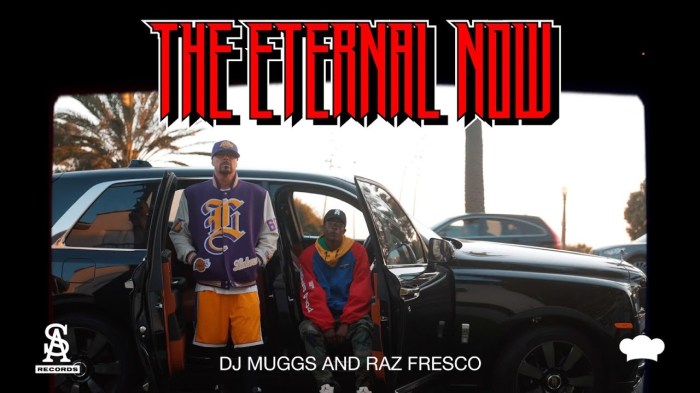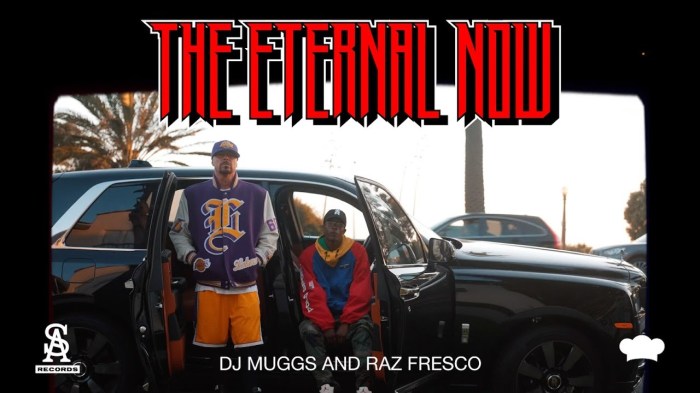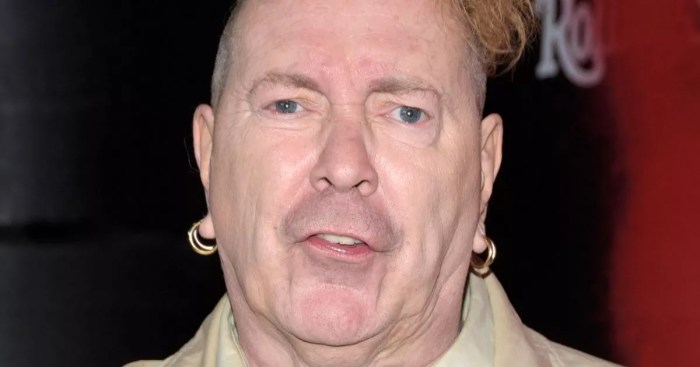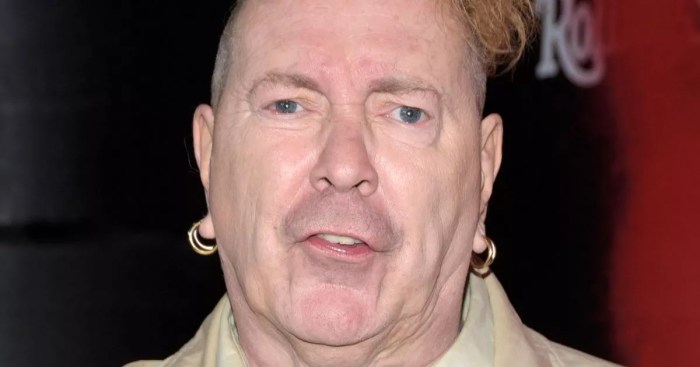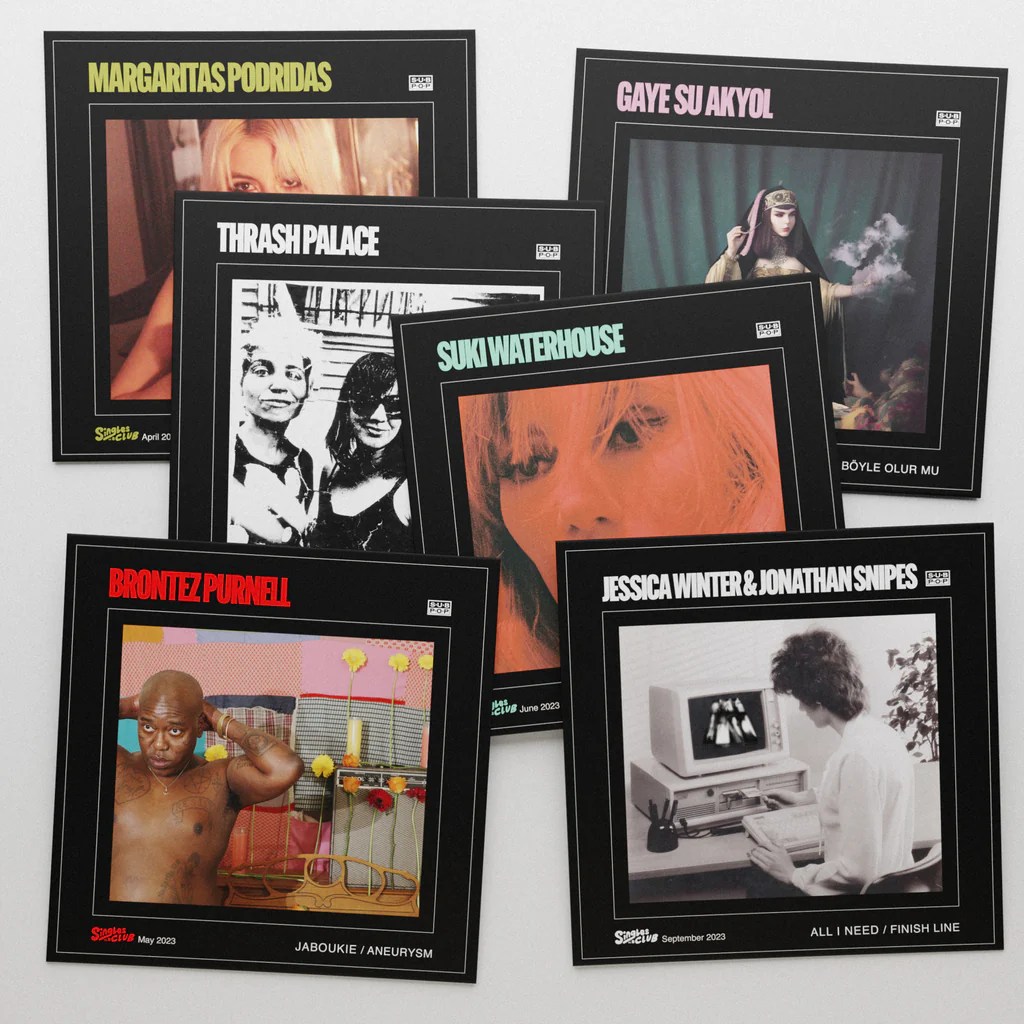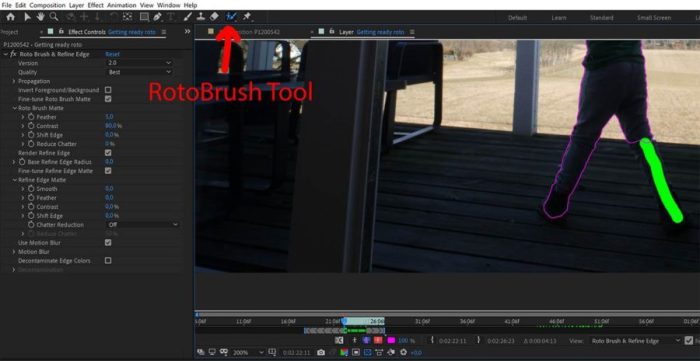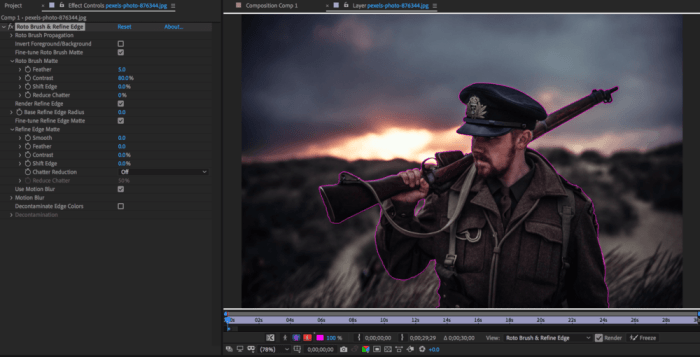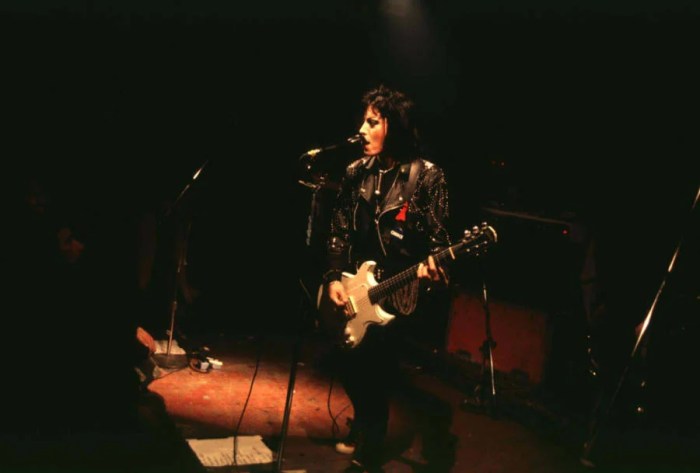Build an Escape Room: Ready to unleash your inner puzzle master? This guide dives deep into crafting an immersive escape room experience, from planning the thrilling narrative to designing mind-bending puzzles and building the physical space. We’ll cover everything you need to know, from theme selection and puzzle types to safety protocols and marketing strategies. Get ready to transform your space into a captivating adventure!
This comprehensive guide will take you through the entire process, walking you step-by-step from the initial concept to a fully operational and engaging escape room. We’ll explore different room themes, puzzle types, and how to create a cohesive experience. Whether you’re a seasoned escape room enthusiast or a newcomer to the world of puzzle design, this guide will equip you with the knowledge and resources to bring your escape room vision to life.
Planning the Escape Room
Crafting an immersive escape room experience requires careful planning and execution. A well-structured room, coupled with engaging puzzles and a compelling narrative, ensures an enjoyable and memorable adventure for players. This detailed exploration delves into the essential components, diverse themes, and strategic design process for creating a truly captivating escape room.A successful escape room hinges on a well-defined structure that allows players to progress through a series of interconnected puzzles.
This framework should seamlessly blend the physical environment with the narrative, offering a logical path to solving the mystery.
Room Structure and Interrelation
The design of an escape room should follow a structured progression. This involves organizing the room into distinct areas, each containing clues and puzzles. A crucial element is the logical flow of information; clues found in one area should lead to the next, fostering a sense of discovery and advancement for players. The layout should be designed to encourage exploration and collaboration, maximizing the players’ engagement and interaction.
Rooms should be divided into zones, each with a specific set of puzzles and tasks. The challenge level and complexity should gradually increase, maintaining player interest and ensuring an optimal gameplay experience.
Room Themes and Puzzle Design
The chosen theme significantly impacts the puzzles and challenges within the escape room. Themes offer a framework for the narrative, guiding the puzzle design and influencing the overall atmosphere. For example, a historical theme will likely involve puzzles that relate to the historical period, while a futuristic theme might incorporate puzzles involving technology and innovation.
Popular Themes and Puzzle Types
Various themes resonate with players, each providing a distinct experience. A popular theme is a historical mystery, often involving deciphering codes, solving riddles, and utilizing historical artifacts. Puzzles could include cipher codes, historical documents, and object manipulation challenges. Another theme is a futuristic dystopian setting, which may feature puzzles related to technology, code-breaking, and intricate mechanisms. These themes provide inspiration for the types of puzzles and challenges within the escape room.
Crafting a Cohesive Storyline
A compelling storyline is essential to keep players engaged and invested in the escape room’s narrative. The storyline should be integrated seamlessly with the puzzles and challenges. This means that the narrative should provide context and clues, motivating players to solve the puzzles and ultimately reach the room’s goal.
Design Process: Concept to Completion
The design process for an escape room involves several distinct steps. It begins with conceiving a compelling theme and narrative. This should be followed by developing the puzzles, ensuring a smooth progression and a logical flow of information. The environment and aesthetics must be carefully planned, ensuring the theme is well-represented. Finally, rigorous testing is crucial to identify and refine any areas where players might struggle or encounter difficulty.
The entire process is iterative, with continuous refinement based on player feedback and testing.
- Concept Development: Defining the theme, narrative, and overall atmosphere of the escape room.
- Puzzle Design: Crafting unique and challenging puzzles that align with the chosen theme and storyline. Consider incorporating a variety of puzzle types, such as logic puzzles, code-breaking puzzles, and physical challenges.
- Room Design: Creating a visually appealing and immersive environment that reflects the chosen theme. This includes the layout, décor, props, and sound design.
- Story Integration: Ensuring that the storyline seamlessly connects with the puzzles and challenges, providing context and clues.
- Testing and Iteration: Rigorous testing of the escape room to identify areas for improvement and refine the experience for players.
Designing the Puzzles: Build An Escape Room
Crafting engaging and challenging puzzles is the heart of a successful escape room. Beyond simply being entertaining, the puzzles must be carefully constructed to align with the overall narrative and thematic elements, ensuring a seamless and immersive experience for the players. The puzzle design process requires meticulous planning and consideration of various factors, from the type of puzzles employed to the level of difficulty and the incorporation of technology.A well-designed puzzle sequence should flow logically, building upon previous solutions and leading players towards the final goal.
This interconnectedness fosters a sense of accomplishment and encourages collaborative problem-solving among the players.
Puzzle Type Comparison
Understanding the strengths and weaknesses of different puzzle types is crucial for selecting the right tools for each stage of the escape room experience.
| Puzzle Type | Strengths | Weaknesses |
|---|---|---|
| Logical | Excellent for testing critical thinking and problem-solving skills; often adaptable to diverse themes; can be easily scaled in difficulty. | Can become overly abstract or complex if not designed thoughtfully, potentially frustrating players who struggle with the underlying logic. |
| Physical | Engaging and tangible; often provides a satisfying sense of accomplishment upon completion; highly immersive due to tactile elements. | Can be challenging to integrate seamlessly with other puzzle types; requires more physical space and careful consideration of safety. |
| Word | Stimulates linguistic skills; allows for thematic integration with wordplay and clues; can be compact and portable. | May not be suitable for all audiences or themes; relies on players’ vocabulary and understanding of specific terminology; could become repetitive if not diverse in its implementation. |
| Combination | Combines elements of different puzzle types, offering a more complex and engaging experience for players; creates more opportunities for creative problem-solving. | Difficult to balance; requires thorough planning to ensure a cohesive and intuitive solution path; can be more time-consuming to develop. |
Designing Multi-Step Puzzles
Crafting puzzles with multiple steps requires a strategic approach. Each step should build upon the previous one, providing clues and hints that lead to the next stage.A multi-step puzzle should be designed with clear transitions between steps. Each step should have a clear objective that allows the players to understand the goal. The order of steps should be designed carefully so the solution of one step leads smoothly to the next.
For example, a combination lock puzzle could be the first step, unlocking a compartment that contains a series of riddles. The solution to the riddles might then lead to a hidden code to unlock another component of the escape room.
Incorporating Technology
Integrating technology into puzzles can enhance immersion and offer a modern touch to the escape room experience.Consider incorporating interactive screens, augmented reality applications, or coded locks. Examples include using QR codes that lead to additional clues or utilizing a digital timer that triggers a puzzle sequence. Smartphones or tablets can act as a crucial tool for players to access digital clues or use apps to solve specific puzzles.
Ensuring Achievability
The puzzles should be challenging but achievable for the target audience. Consider the age and experience level of the players. Provide adequate hints and clues if necessary, but aim to design the puzzles in a way that players can solve them with a reasonable amount of effort and collaboration.This can be accomplished by providing various levels of difficulty for different puzzles within the escape room.
Building an escape room is a fun project, requiring meticulous planning and problem-solving skills. Thinking about the intricate puzzles and challenges you’ll need to design, though, also makes me think about the dedication and care needed to maintain a miniature horse, like those featured in Care for a Miniature Horse. Ultimately, both pursuits demand attention to detail and a passion for creating enriching experiences, which are key elements of a successful escape room.
Also, ensure that the clues and hints are clear, concise, and appropriately placed throughout the experience. For instance, if the target audience is primarily composed of young adults, puzzles should challenge them without overwhelming them.
Example Puzzle: The Cipher
This puzzle involves a series of coded messages. Components:* A vintage-style typewriter with a hidden compartment beneath the keyboard.
Building an escape room is a fun project, requiring creativity and planning. It’s like a puzzle box, but with a story! Speaking of puzzles, did you catch the Daft Punk video premiering their “Lose Yourself to Dance” clip, while presenting an award at the VMAs? watch daft punk premiere lose yourself to dance clip present award at the vmas It’s inspiring to see how music and entertainment can be intertwined in innovative ways, which might spark ideas for your own escape room design.
Ultimately, an escape room’s success hinges on a compelling narrative and engaging challenges.
- A series of cryptic symbols displayed on a wall.
- A small, metal box containing a lock with a numeric code.
- A handwritten note, seemingly left behind by a previous escapee.
Solution:
- The note describes a method for decoding the symbols on the wall using a specific cipher.
- Players decipher the coded messages, revealing a series of numbers.
- These numbers correspond to the combination required to open the metal box.
- The metal box contains a key that unlocks the hidden compartment beneath the typewriter.
Building the Physical Space
Transforming a blank space into a captivating escape room requires careful planning and execution. The physical environment is crucial in immersing players and making the puzzles feel tangible and integral to the narrative. This stage involves more than just assembling furniture; it’s about creating a believable and engaging atmosphere that enhances the overall escape room experience.The space should feel lived-in and purposeful, encouraging exploration and problem-solving.
The choice of materials, construction methods, and even the subtle details of lighting and sound play a pivotal role in achieving this. A well-designed physical space can elevate a simple puzzle into a truly immersive experience.
Building an escape room is a fun challenge, requiring creative problem-solving and teamwork. Thinking about the intricate puzzles and themed environments needed to immerse players, it’s fascinating how Sufjan Stevens will be performing a live film score. This live performance, as detailed in sufjan to perform live film score , could inspire similar immersive experiences within an escape room.
The level of detail needed for the music in a film score mirrors the intricate design needed for a well-crafted escape room.
Materials for Creating Escape Room Environments
The choice of materials directly impacts the aesthetics, durability, and safety of the escape room. Durable materials are essential for withstanding use and preventing injuries. Wood, for example, can create warm, inviting spaces, while metal provides a more industrial or futuristic feel. Plastic can be used for less substantial elements or as a base for more complex designs.
Methods for Constructing Intricate Sets and Props
Building elaborate sets and props requires careful planning and execution. The method chosen depends on the complexity of the prop and the desired aesthetic. For intricate designs, techniques like woodworking, sculpting, and 3D printing can be employed. Using modular systems allows for easy reconfiguration of the space and efficient use of materials.
Accessibility and Safety in Escape Room Design
Accessibility is paramount in creating a welcoming and inclusive experience for all players. Consider the needs of players with disabilities, ensuring pathways are clear, accessible, and free of obstacles. Safety is of utmost importance. All materials and construction methods should comply with building codes and safety regulations. Ensure all sharp edges are covered, and that heavy or potentially dangerous objects are securely fastened.
Regular inspections are critical to maintaining a safe environment.
Sound Design and Lighting Considerations
Sound design and lighting play a critical role in enhancing the escape room’s atmosphere. Strategic placement of sound effects and music can create a sense of urgency, tension, or calm, guiding players through the narrative. Appropriate lighting, including spotlights, colored lights, and ambient lighting, is essential for setting the mood and highlighting key elements of the puzzle. Dim lighting in some areas can heighten the sense of mystery, while brighter areas can illuminate critical clues.
Equipment and Tools for Building the Escape Room
A well-stocked toolkit is essential for successful escape room construction. A list of necessary equipment and tools includes:
- Measuring tools (measuring tape, level, etc.): Accurate measurements are crucial for ensuring precision and avoiding errors in construction.
- Cutting tools (saws, drills, screwdrivers): These tools are necessary for shaping and assembling materials.
- Fasteners (nails, screws, bolts): These are used to hold pieces together and create a sturdy structure.
- Paints and finishes (varnish, paint): These are used to add a layer of protection and aesthetic appeal to the escape room.
- Safety equipment (safety glasses, gloves, etc.): Protecting yourself during construction is a top priority.
- 3D printers (optional): For creating custom props and intricate details.
- Work benches and storage: Efficient workspace is essential for organization and preventing injuries.
Developing the Experience

Crafting an escape room experience that’s truly memorable and immersive is a blend of careful planning and a deep understanding of player psychology. It’s not just about puzzles; it’s about creating a narrative, fostering engagement, and ensuring a smooth, enjoyable journey for participants. The goal is to transport players to another world, challenging them mentally and emotionally while leaving them with a positive and lasting impression.A strong experience relies on a well-defined narrative that connects all the elements of the escape room.
This narrative should be consistent throughout the room, guiding players through a story and enhancing the immersion. Each puzzle should contribute to the overall narrative, building suspense and anticipation, and ultimately leading to a satisfying conclusion.
Interactive Elements
Interactive elements are crucial for elevating the escape room experience beyond a collection of puzzles. These elements engage multiple senses, pulling players deeper into the narrative. Integrating physical actions, sound effects, and even smell can significantly enhance the immersive quality. For instance, a puzzle that requires players to manipulate a mechanical device could be accompanied by a subtle whirring sound, or a specific scent could be released when a certain condition is met.
This multi-sensory approach not only makes the experience more engaging but also creates a stronger emotional connection with the narrative. Consider how the environment itself can be part of the experience.
Hint and Clue Systems
Providing hints and clues is an essential part of escape room design. A well-structured system for delivering hints and clues ensures players can progress through the challenges without becoming frustrated. A good system considers different types of hints, ranging from simple suggestions to more detailed explanations. These can be delivered through written notes, audio recordings, or even interactive elements within the room.
The key is to avoid overwhelming players with too many hints while still allowing them to feel empowered to solve the puzzles. The clues should be strategically placed, adding to the atmosphere and not interrupting the narrative flow.
Pacing and Difficulty
Crafting an optimal pacing and difficulty curve is a critical element of a successful escape room. A well-balanced approach allows players to gradually increase their challenges, maintaining their engagement without making them feel overwhelmed or discouraged. Start with easier puzzles that introduce players to the narrative and mechanics of the room. Gradually increase the complexity as they progress, culminating in a final, challenging puzzle.
The key is to strike a balance between difficulty and player enjoyment. For example, if a room has 5 puzzles, the first 2 should be fairly easy, the next 2 progressively harder, and the final one should be the most challenging, but solvable with persistence.
Signage and Clear Communication, Build an Escape Room
Clear signage and communication are paramount for maintaining the flow of the escape room experience. Well-placed and informative signage helps players understand the puzzles, locate necessary items, and navigate the space. Clear instructions prevent confusion and frustration, ensuring a smoother gameplay experience. Signs should be visually appealing and consistent with the overall theme and atmosphere of the room.
Clear pathways and marked areas also enhance the user experience. For example, directional arrows or clearly marked checkpoints will make it easier for players to move around and locate necessary components.
Marketing and Promotion

Building an escape room is just the first step; a strong marketing strategy is crucial for its success. Effective promotion will attract the right audience, ensuring a steady flow of bookings and a profitable venture. This phase involves understanding the target demographic, creating engaging content, and managing bookings efficiently. A well-defined strategy will set the stage for a thriving escape room experience.Marketing encompasses a wide range of activities, from crafting compelling social media posts to designing targeted advertising campaigns.
It’s a dynamic process requiring constant adaptation and refinement based on feedback and performance data. Pricing strategies, customer segmentation, and feedback mechanisms play vital roles in achieving a profitable and enjoyable experience for both the business and the customer.
Marketing Strategy
A comprehensive marketing strategy should encompass various channels to reach the desired target audience. This includes online platforms, local partnerships, and potentially even community events. Consistency in messaging across all channels is key to building brand recognition. A clear understanding of the target audience is essential to tailor the marketing message for maximum impact.
Social Media Posts
Social media platforms are excellent tools for engaging potential customers. Short, attention-grabbing posts that highlight the unique features of the escape room are essential. Use high-quality images and videos to showcase the experience. Run contests and giveaways to boost engagement and generate excitement. Examples include:
- A post showcasing a captivating puzzle or room design, with a call to book.
- A behind-the-scenes look at the room creation process, engaging followers with the story behind the escape room.
- A post announcing a special event or promotion, such as a discount for first-time visitors or a themed night.
- A post highlighting positive customer reviews and testimonials.
Advertising Campaigns
Targeted advertising campaigns on platforms like Facebook, Instagram, and Google can effectively reach a wider audience. These campaigns can be tailored to specific demographics, interests, and locations, ensuring that the message reaches the right people. Consider running A/B testing to optimize ad copy and visuals. Examples include:
- Targeted ads on Facebook, showing escape room experiences tailored to specific interests.
- Google Ads with location-based targeting to reach people in the immediate vicinity.
- Collaborating with local businesses for cross-promotional campaigns to increase visibility.
- Print ads in local publications or flyers distributed in high-traffic areas.
Pricing and Customer Segmentation
Developing a pricing strategy is critical to profitability. Consider factors like the complexity of the escape rooms, the quality of the experience, and the local market rates. Customer segmentation allows for tailored pricing and promotions for different groups, like families, couples, or corporate teams. Analyze competitors’ pricing to ensure competitiveness while maintaining a suitable profit margin.
Feedback and Improvement
Collecting feedback is crucial for continuous improvement. Use online surveys, comment sections on social media, and direct feedback forms to gather customer input. Actively address concerns and implement changes to enhance the escape room experience.
Booking and Reservations
An efficient booking system is essential for managing reservations. An online platform with a clear booking calendar and secure payment options can streamline the process. Offer various booking options to cater to different needs, such as group bookings, walk-in reservations, and specific time slots.
Safety and Security
Building an escape room is thrilling, but safety must be paramount. Thorough planning and meticulous execution of safety protocols are crucial for both the players’ well-being and the preservation of the room’s integrity. This section dives deep into the vital aspects of safety and security, ensuring a smooth and secure experience for everyone.
Potential Hazards and Risks
Escape rooms, by their very nature, often involve intricate puzzles and confined spaces. Identifying potential hazards early in the design phase is critical. These can range from tripping hazards within the room’s layout to the potential for injury from sharp objects or poorly secured mechanisms. Properly assessing and mitigating these risks before construction is essential. For example, a poorly designed staircase could lead to player injuries.
Similarly, a loose piece of furniture or a sharp object hidden within a puzzle could pose a significant safety hazard. Therefore, meticulous planning and testing are crucial.
Safety Protocols and Procedures
Establishing clear safety protocols and procedures is vital for the smooth operation of the escape room. These protocols should address everything from emergency exits and evacuation plans to proper handling of potentially hazardous materials or tools used in the construction of the puzzles. For instance, the location of fire extinguishers, first-aid kits, and emergency contacts should be prominently displayed.
Procedures for handling potentially dangerous materials (such as sharp objects) should be meticulously Artikeld. Regular checks and inspections are critical for maintaining safety standards.
Securing the Escape Room
Protecting the escape room from unauthorized access is equally important. A well-designed security system can deter unwanted entry and protect the room’s integrity. This includes physical barriers, surveillance systems, and appropriate access controls. For example, a robust locking system and strategically placed security cameras will deter intruders and provide a record of any unusual activity. The escape room should also have a clear security protocol for staff and volunteers, outlining their roles and responsibilities in maintaining security.
Safety Guidelines and Emergency Procedures
A comprehensive set of safety guidelines and emergency procedures is essential. This should include specific instructions for players regarding room etiquette, handling of puzzles, and reporting any issues or concerns. Clear signage and instructions are key in preventing accidents and guiding players safely through the experience. For example, a clearly marked exit route and emergency contact information should be readily visible to players.
Emergency procedures should be well-rehearsed by staff to ensure a swift and effective response to any unexpected situation.
Protecting the Escape Room’s Integrity
Maintaining the integrity of the escape room is essential for the long-term success of the business. This involves preventative measures to protect the room’s physical structure, the puzzles, and the overall experience. Regular maintenance of the escape room, including inspections of the structural integrity and the puzzles, is vital to prevent wear and tear. This should include regular checks for any damage to the structure or the puzzles themselves.
For instance, using appropriate materials and techniques in puzzle construction can ensure durability and longevity. Regular inspections and maintenance minimize the risk of breakdowns and accidents during the game.
Escape Room Examples
Escape rooms are more than just a fun activity; they’re a complex blend of storytelling, puzzle design, and immersive experiences. Understanding successful examples and the elements that drive them can significantly enhance the creation of your own escape room. This section will delve into various successful scenarios, providing insights into themes, puzzles, and the overall experience.
A Successful Escape Room Scenario: The Lost City of Eldoria
This escape room, themed around the mythical Lost City of Eldoria, features a rich narrative. Players are tasked with recovering a stolen artifact to prevent the city’s downfall. The room’s design immerses participants in the lost civilization, complete with intricate murals, crumbling ruins, and flickering torches. Puzzles include: deciphering ancient glyphs, manipulating hydraulic mechanisms to open pathways, and solving a series of riddles hidden within the city’s architecture.
The experience is enhanced by interactive elements like sound effects and ambient lighting, reinforcing the sense of discovery and urgency.
A Detailed Breakdown: The Heist
This escape room focuses on a bank robbery gone wrong. The narrative centers on a group of amateur thieves who inadvertently activate a series of security protocols. Players must work together to decipher coded messages, manipulate complex safes, and disable alarms before the authorities arrive. The puzzles are interwoven with the narrative, creating a dynamic experience. One puzzle involves deciphering a series of numbers and symbols hidden within a fake vault, another requires manipulating a complex network of levers and switches.
This escape room uses a realistic setting to engage players.
Escape Room Themes and Complexity
This table categorizes different themes and their associated complexity, ranging from easy to challenging. The complexity is measured by the number and intricacy of the puzzles, the narrative depth, and the overall immersive experience.
| Theme | Complexity | Description |
|---|---|---|
| Ancient Egypt | Medium | Players explore ancient tombs, decipher hieroglyphs, and manipulate mechanisms. |
| Space Exploration | High | Players navigate a spaceship, solve equations, and face alien threats. |
| Detective Agency | Medium | Players solve a crime, decipher clues, and interview suspects. |
| Historical Mystery | High | Players unravel a historical mystery, investigate documents, and interpret historical context. |
Design Approaches in Escape Rooms
Different escape rooms employ diverse design approaches. Some rooms prioritize intricate mechanical puzzles, while others focus on storytelling and narrative immersion. A room focused on mechanical puzzles might employ intricate lock mechanisms and complex contraptions. In contrast, a narrative-driven room might utilize hidden clues, character interactions, and immersive environments. These variations highlight the different ways designers can engage players and create unique experiences.
Testing and Improvement
Thorough testing is crucial for identifying areas for improvement. A team should test the room multiple times with diverse groups of players, noting the time taken to complete the puzzles, areas of confusion, and overall experience. The testing process allows for adjustments to puzzles, the narrative, and the overall flow. Observation of player interactions and feedback on the experience is invaluable in refining the escape room to ensure a seamless and enjoyable experience for all participants.
Epilogue
From initial planning to final promotion, we’ve covered the essentials for crafting a successful escape room. We’ve explored everything from the intricate design of puzzles to the immersive experience you want to create. Now, armed with this knowledge, you can confidently embark on your escape room adventure. Remember, safety and customer satisfaction are key, so make sure to follow the guidelines and prioritize a great experience for everyone.

